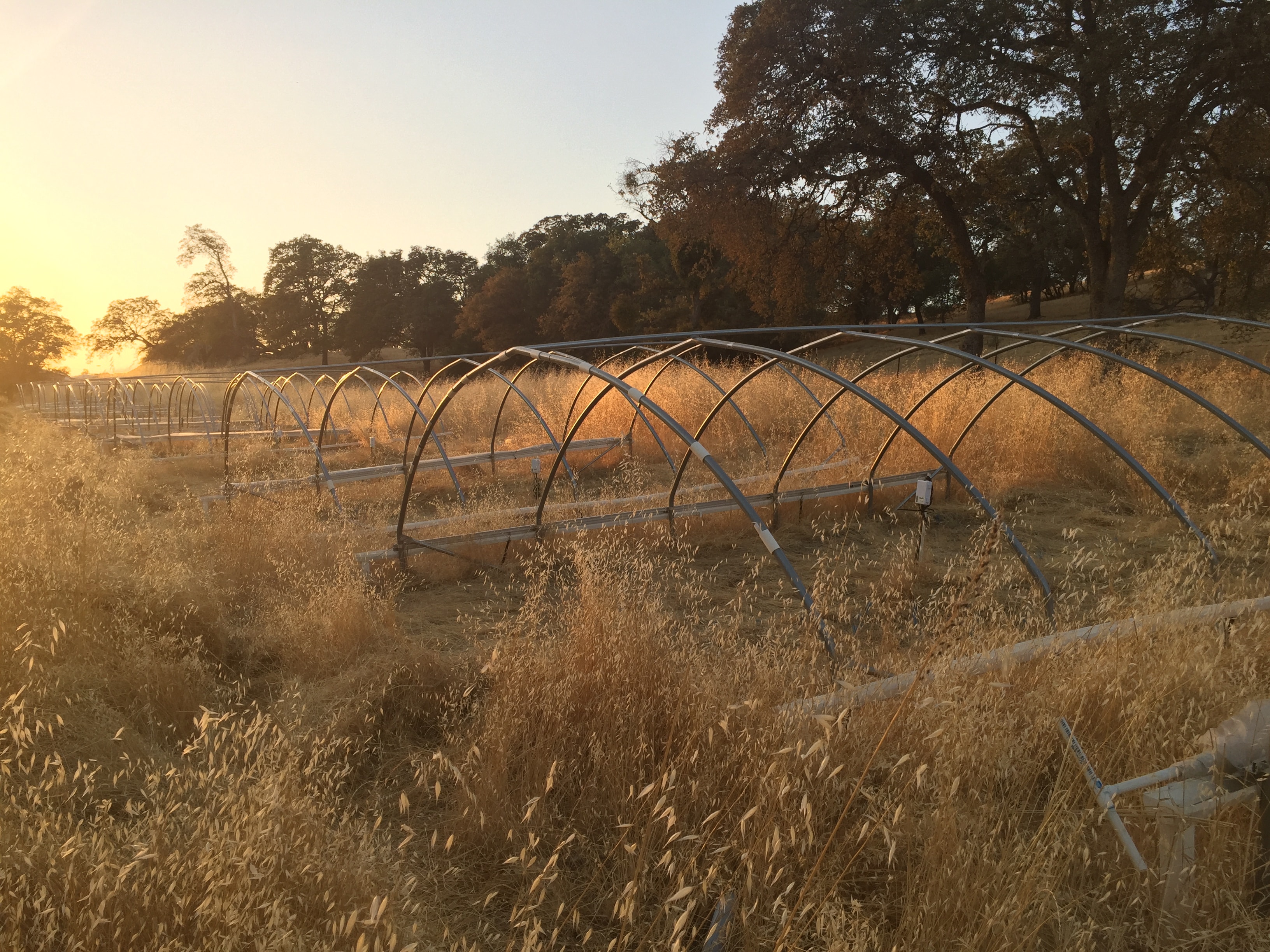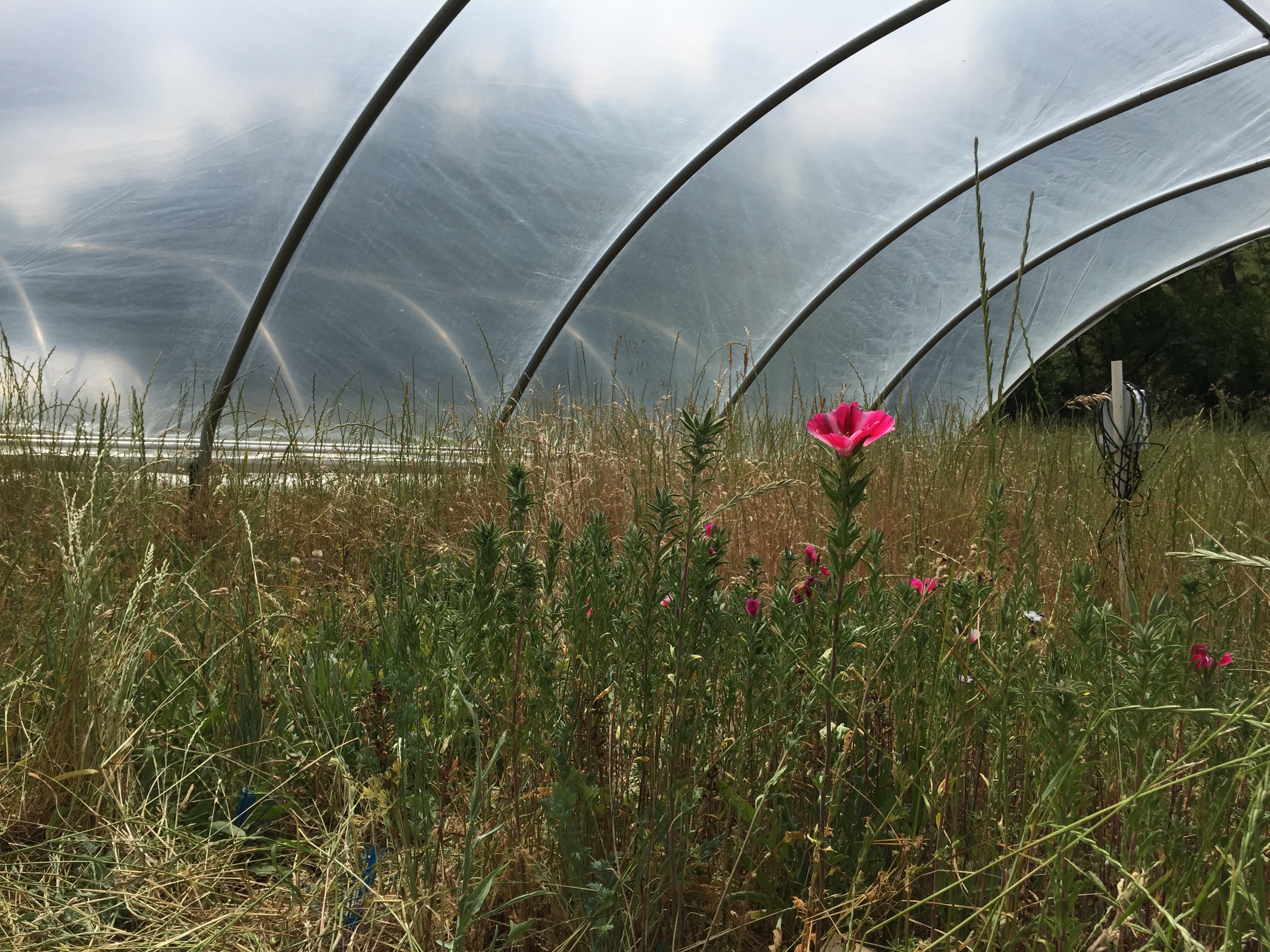What mechanisms structure species coexistence over space and time? How do these change with global change?
There is an amazing amount of biodiversity on Earth. How are so many species able to coexist, and what factors control their abundances? Modern coexistence theory has clarified multiple mechansims that may explain this diversity of life. Some mechanisms, such as resource partitioning, are fluctuation-independent, whereas others depend on environmental fluctuations. Recent work in the lab has focused on fluctuation-dependent coexistence mechanisms. For example, if species show differential responses to their environment, and competition co-varies with the environment, environmental variability should generate tradeoffs in which different species are favored at different times or places. Provided that species have some mechanism to “store” through unfavorable years, environmental fluctuations should therefore maintain species coexistence over time. We use field manipulations and long-term data sets to parameterize population models that allow us to predict species coexistence in variable and changing environments.
Climate variability and coexistence
California has an extremely variable climate - at one of our California field sites, growing-season precipitation has ranged from 200 to 1200 mm over the last 30 years. Natural history patterns suggest that this variability can generate tradeoffs between “grass years” and “forb years.” Grass years are associated with high levels of rainfall, whereas forb years are associated with drought. Functional trait differences may lead to these tradeoffs. Grasses have trait patterns associated with a competitive advantage in high-resource conditions. Fast growth comes at the cost of drought tolerance, leading to high mortality when germination is followed by drought. In contrast, forbs typically have stress tolerant traits, as well as persistent seedbanks that allow them to rebound following grass-dominated years. In collaboration with Katie Suding, Lauren Shoemaker and Caitlin White, we are experimentally testing whether rainfall variability is necessary for grass-forb coexistence, and we are modeling how increasing rainfall variability may affect these dynamics.
Related publication
Hallett, L. M., L. G. Shoemaker, C. T. White, K. N. Suding. Rainfall variability maintains grass-forb coexistence. In press, Ecology Letters.
Hallett, L. M., E. C. Farrer, K. N. Suding, H. A. Mooney, R. J. Hobbs. 2018. Tradeoffs in demographic mechanisms underlie differences in species abundance and stability. Nature Communications 9, Article number: 5047.
Dudney, J. C., L. M. Hallett, L. Larios, E. C. Farrer, E. N. Spotswood, C. Stein, and K. N. Suding. Lagging behind: Have we overlooked previous-year rainfall effects in annual grasslands? Journal of Ecology 105(2): 484-495.


